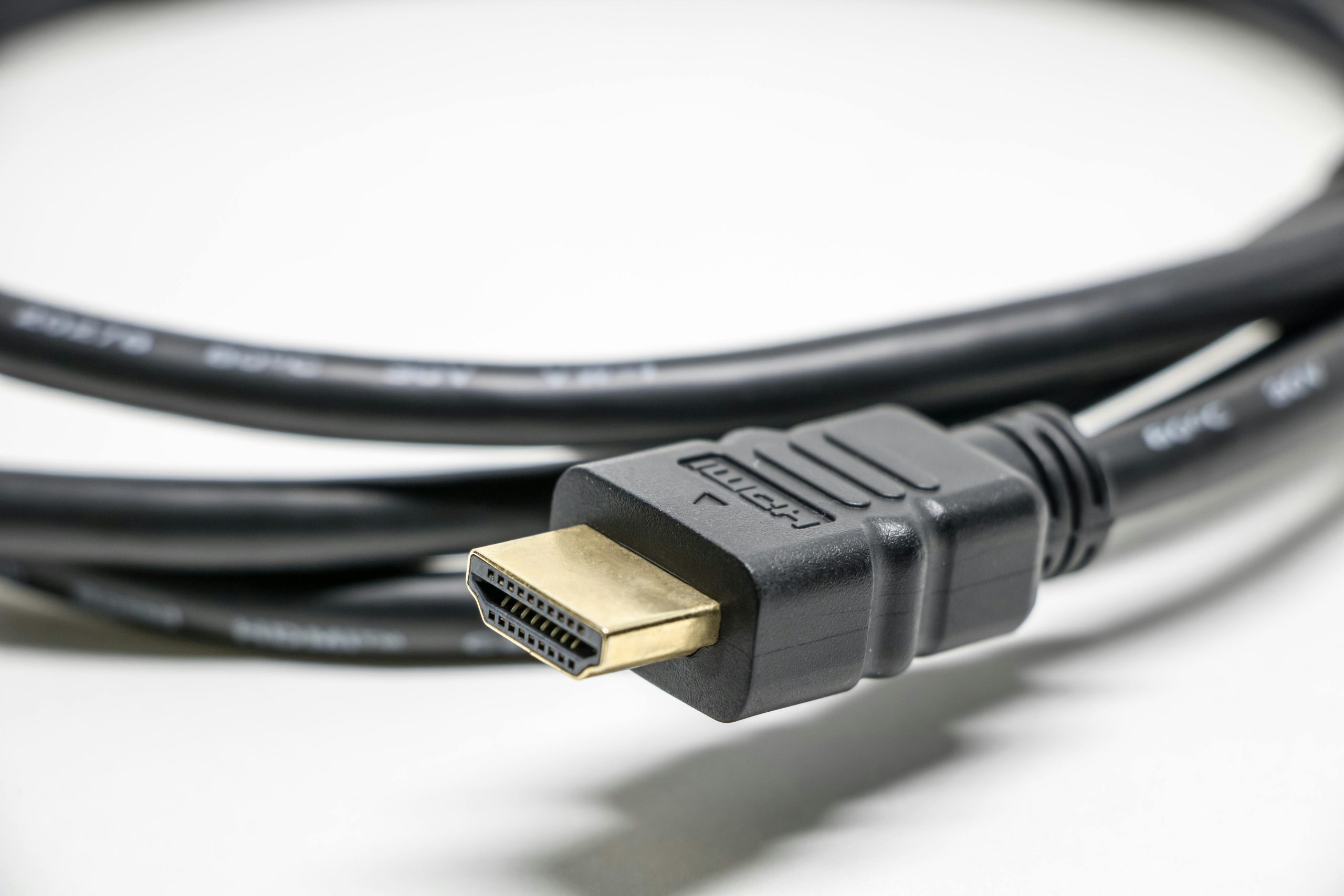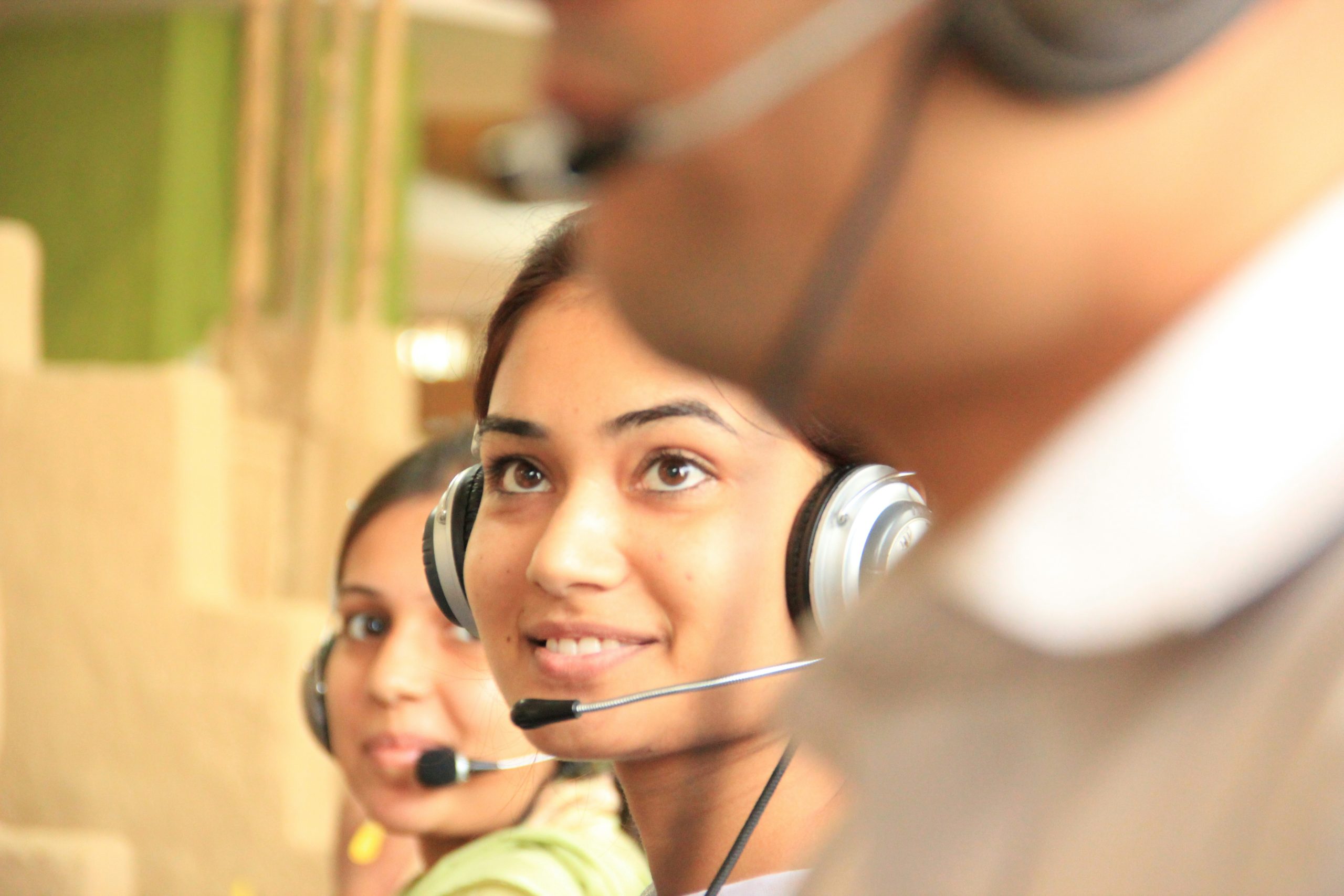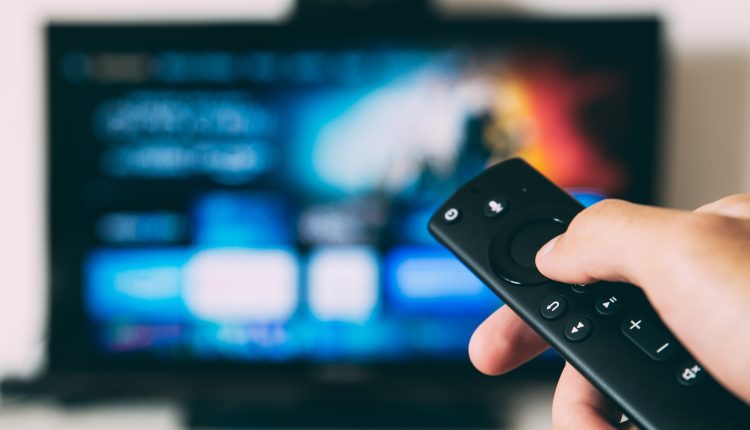Tired of settling in for a cozy movie night only to be greeted by the frustrating No Signal message on your Roku screen? You’re not alone. Many Roku users have encountered this issue, and it can quickly put a damper on your entertainment plans. But fear not! In this article, we’ll explore 7 effective ways to tackle the infamous Roku No Signal problem head-on and get back to enjoying your favorite shows and movies without interruption.
From simple troubleshooting tips to more advanced solutions, we’ve got you covered. Whether you’re a tech-savvy enthusiast or just looking for a quick fix, these strategies are designed to help anyone experiencing signal issues with their Roku device. So grab your remote, buckle up, and let’s dive into the world of solving the perplexing No Signal problem once and for all!
Introduction: Understanding the Roku No Signal Issue
Table of Contents
The Roku streaming device has revolutionized the way we consume entertainment, but encountering a no signal issue can be frustrating. Understanding the root of this problem is crucial to resolving it effectively. The no signal error can occur due to various reasons, including loose connections, incompatible display settings, or even a faulty HDMI cable.
One fresh perspective on the Roku no signal issue is considering the impact of external interference. Electronic devices and Wi-Fi routers in close proximity can sometimes interfere with the Roku’s signal reception, leading to a disrupted viewing experience. In addition, exploring the possibility of outdated firmware or software glitches shedding light on how these factors contribute to the no signal issue and provides an avenue for troubleshooting that may not have been previously considered.
By delving into these different aspects of the Roku no signal problem, we gain a deeper understanding and open up new possibilities for resolving it. It’s essential to equip ourselves with this knowledge as we explore effective solutions to ensure uninterrupted streaming enjoyment.

1. Check HDMI Connection: Ensure proper connection setup
You might be experiencing the dreaded Roku no signal issue simply because of a loose or faulty HDMI connection. It’s crucial to check that your HDMI cable is securely plugged into both your Roku device and your TV. Sometimes, a worn-out or damaged cable can also cause connectivity problems, so it’s worth considering replacing it with a new one if you suspect this might be the issue.
Another aspect to consider when troubleshooting HDMI connections is ensuring that you’re using the correct input on your TV. Many modern TVs have multiple HDMI inputs, so verify that the correct input source is selected on your TV to correspond with where you’ve connected your Roku device. This simple step may just save you from unnecessary frustration and provide a quick fix for the no signal problem. Always double-check these seemingly small details before embarking on more complex troubleshooting methods – they can often make all the difference in resolving connectivity issues.
2. Restart Roku Device: Power cycle for troubleshooting
Sometimes, the simplest solutions can be the most effective. When troubleshooting a Roku device that’s displaying “No Signal”, power cycling might just be your knight in shining armor. A simple restart can often clear up any glitch or hiccup causing the issue. The process is straightforward – unplug your Roku device from the power source, wait for about 30 seconds, and plug it back in. This method essentially gives your device a fresh start and can work wonders in resolving connectivity issues.
Interestingly, power cycling isn’t just a quick fix; it also serves to refresh the internal processes of a Roku device. By cutting off power and then restoring it, you effectively reset any potential software hiccups that could be causing the No Signal problem. So while it may seem like merely turning something off and on again, there’s actual technological wizardry at play here! Understanding this simple yet powerful trick can empower users to take control of their devices and troubleshoot effectively without needing an expert’s intervention.
3. Adjust Display Settings: Resolution and refresh rate
Adjusting display settings such as resolution and refresh rate can be a game-changer when it comes to optimizing your Roku viewing experience. By tweaking the resolution, you can ensure that you are getting the best possible picture quality for your specific TV or monitor. Additionally, adjusting the refresh rate can greatly impact the smoothness of motion and reduce flickering on certain screens.
Many users overlook these settings, but they play a crucial role in enhancing your overall visual experience. By experimenting with different combinations of resolution and refresh rate, you may uncover a whole new level of clarity and fluidity in your favorite shows and movies. It’s worth taking the time to fine-tune these settings to match both your device capabilities and personal preferences for an immersive viewing experience every time.

4. Reboot Router: Resolve network connectivity issues
Rebooting your router is a classic yet often overlooked solution to resolving network connectivity issues, and it’s no surprise that it holds a top spot on the list of ways to fix Roku no signal problems. The process of resetting the router eliminates any potential glitches or hiccups in its system, providing a clean slate for improved communication with your Roku device. Think of it as hitting the reset button on a sluggish computer – sometimes all it needs is a fresh start to get back up to speed.
Moreover, rebooting your router is not just about fixing immediate connectivity issues; it also contributes to maintaining the overall health and performance of your home network. When left unattended for extended periods, routers can accumulate digital clutter and memory leaks that hinder their ability to efficiently communicate with connected devices like your Roku player. A regular reboot can serve as preventive maintenance, ensuring smoother operation and fewer interruptions in your streaming experience. So, before you go down the rabbit hole of complex troubleshooting steps, consider giving your router a quick restart – you might find that simplicity holds the key to seamless connectivity.
5. Update Roku Software: Install latest firmware version
Updating your Roku software to install the latest firmware version can significantly improve the performance and functionality of your device. With each firmware update, Roku introduces new features, bug fixes, security enhancements, and overall system optimization that can address the no signal issue. By staying up to date with the latest software, you ensure that your Roku is equipped to handle any potential signal disruptions and maintain a seamless streaming experience.
One key advantage of updating your Roku software is the potential resolution of compatibility issues with other devices or services. In some cases, outdated firmware could lead to conflicts with newer TVs or streaming platforms, resulting in a loss of signal. By installing the latest version, you may find that these compatibility issues are ironed out, allowing for a more integrated and seamless viewing experience across all your devices. Furthermore, frequent updates help keep Roku’s operating system secure from potential vulnerabilities and ensure consistent support for evolving streaming standards, ultimately contributing to a more reliable signal reception.
6. Replace HDMI Cable: Faulty cable replacement solution
When troubleshooting the Roku No Signal issue, replacing the HDMI cable might not be the first solution that comes to mind. However, a faulty HDMI cable could indeed be at the root of the problem. Many users often overlook this simple yet effective solution in their quest to fix the no signal problem on their Roku device.
To replace a faulty HDMI cable, it’s important to choose a high-quality replacement that is compatible with your Roku device. Look for cables that are certified for high-speed performance and capable of transmitting 4K content if your Roku model supports it. Additionally, consider getting a longer or shorter cable depending on your setup to optimize performance and minimize potential signal interference.
While it may seem like a basic step, taking the time to replace your HDMI cable can make all the difference in ensuring a stable and clear connection between your Roku device and TV. By investing in a new, reliable cable, you can eliminate potential signal disruptions caused by damaged or low-quality cables, ultimately enhancing your streaming experience and resolving the frustrating Roku No Signal issue once and for all.

7. Contact Support: Expert assistance for unresolved issues
Facing technical issues with your Roku? Don’t fret, as the Contact Support option is your ticket to resolving those pesky, unresolved issues. Sometimes, despite our best efforts, troubleshooting can hit a dead end. This is where the expertise and guidance of support professionals come into play, offering tailored solutions and personalized assistance based on the specific nuances of your problem.
By contacting support, you gain access to a wealth of knowledge and experience that can tackle even the most stubborn glitches. From connection problems to software malfunctions, there’s no issue too big or small for these experts to handle. With their in-depth understanding of Roku devices and their dedication to customer satisfaction, reaching out for support means gaining peace of mind and a swift resolution without having to navigate through obscure forums or makeshift solutions. So next time you find yourself at an impasse with your Roku device, remember that expert assistance is just a call or click away!
Conclusion: Resolving Roku No Signal Problems
In conclusion, resolving Roku no signal problems is essential for uninterrupted streaming and a seamless entertainment experience. By following the troubleshooting methods mentioned in this article, users can effectively address the no signal issue and enjoy their favorite content without any disruptions. It’s important to remember that some solutions may work better for certain models or situations, so patience and persistence are key in finding the right fix.
Moreover, keeping software updated and maintaining a strong internet connection are crucial factors in preventing future signal issues. Additionally, seeking assistance from Roku’s customer support or online forums can provide valuable insights and tailored solutions that may not have been covered here. With a proactive approach and a willingness to explore different options, users can overcome Roku no signal problems to fully maximize their streaming experience.

